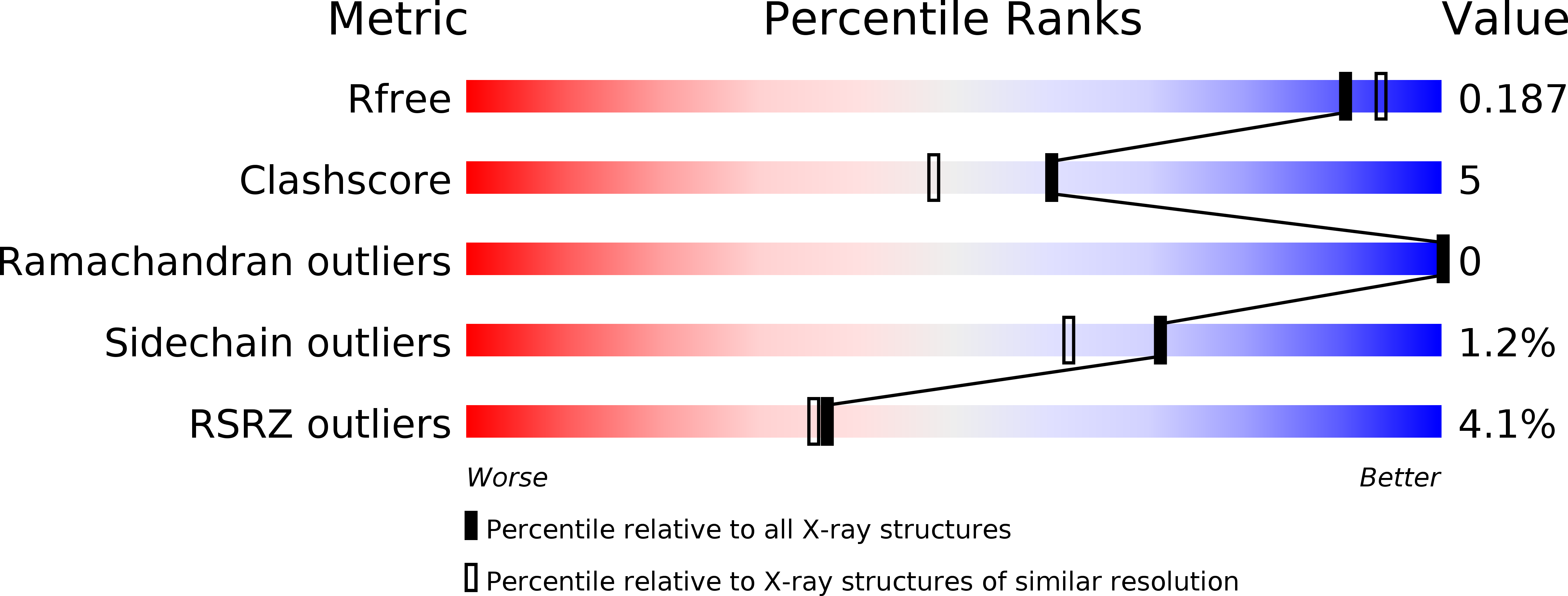
Deposition Date
2010-12-20
Release Date
2011-10-05
Last Version Date
2024-10-16
Entry Detail
PDB ID:
3Q2U
Keywords:
Title:
Structure of Human Glioma Pathogenesis-related Protein 1 Reveals Unique loops and surface motifs.
Biological Source:
Source Organism:
Homo sapiens (Taxon ID: 9606)
Host Organism:
Method Details:
Experimental Method:
Resolution:
1.85 Å
R-Value Free:
0.18
R-Value Work:
0.13
R-Value Observed:
0.13
Space Group:
P 21 21 2


